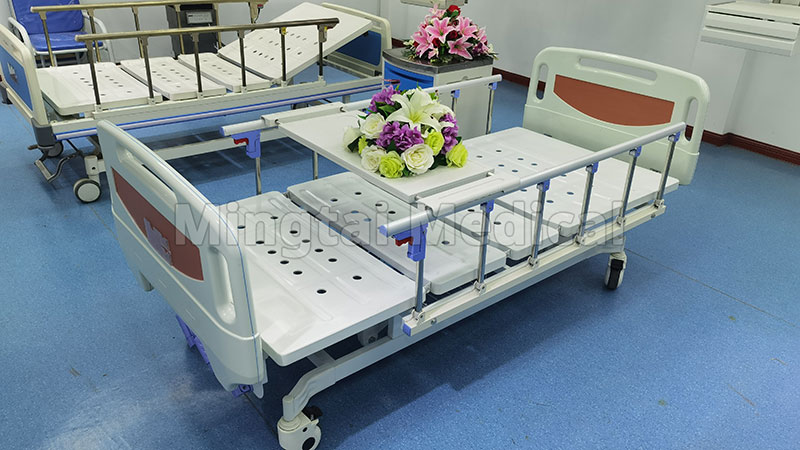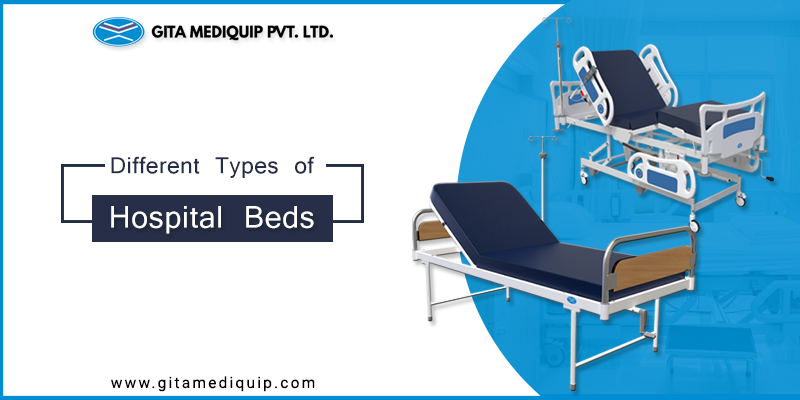Get This Report about Hospital Beds For Home Use
Examine This Report about Hospital Beds For Home Use
Table of ContentsHow Hospital Beds For Home Use can Save You Time, Stress, and Money.Some Of Hospital Beds For Home UseThe smart Trick of Hospital Beds For Home Use That Nobody is Talking About5 Easy Facts About Hospital Beds For Home Use ExplainedGetting My Hospital Beds For Home Use To WorkGetting My Hospital Beds For Home Use To WorkThe Greatest Guide To Hospital Beds For Home Use
There are 3 main types of hospital beds: guidebook, semi-electric, and fully-electric. More kinds of clinical beds exist and they are noted below. These beds make use of hand cranks to adjust the bed's elevation and increase and decrease the head and the foot. Hand cranks are commonly located at the foot of the bed and require an individual that is literally efficient in operating.
Semi-electric beds have an electric motor to raise and reduce the head and foot sections of the bed. Clients and caregivers change the positioning by pressing buttons making use of a hand pendant. The elevation of the bed is adjusted by hand with a hand crank. Full-electric beds have an electrical motor that can increase the head and foot areas of the bed along with the whole elevation and positioning of the bed.
Excitement About Hospital Beds For Home Use
There are several kinds of hospital beds, each created to meet certain person needs. Right here are some usual types: This is the most typical kind of health center bed, created for general medical usage.
Lower to the ground than a standard bed. This type of bed is developed for larger individuals, with a bigger frame and higher weight capacity than a typical bed.
This kind of bed is made for seriously ill clients who call for open surveillance and specialized medical equipment such as ventilators and infusion pumps. This kind of bed is created for usage during labor and delivery, with flexible placements and attributes to support the mommy and baby throughout the birth process.
More About Hospital Beds For Home Use
Multiple feature and the devices do broadening traction to different components of the vertebra and the extremities without relocating the human body. These are simply a couple of examples of the sorts of hospital beds readily available. The details type of bed used will certainly depend upon the patient's problem, medical needs, and various other aspects.
Right here is the thing you require to know. A one-function medical facility bed is a medical bed that allows an individual to relocate only the head or foot area up or down. A 2 function healthcare facility bed commonly describes a sort of clinical bed that has two adjustable features to assist clients in medical facilities or treatment facilities.

Not known Facts About Hospital Beds For Home Use
A 7-function ICU bed is a sort of clinical bed that supplies a number of flexible functions to sustain seriously ill patients in a critical care unit (ICU) (hospital beds for home use). The 7 features normally consist of: Back-rest modification: The back-rest can be gotten used to different angles to find out this here help the patient stay up or relax pleasantly
Height modification: The bed can be raised or lowered to make it simpler for patients to enter and out of bed, and for caretakers to give treatment. Trendelenburg placement: The entire bed can be tilted to advertise blood circulation and flow in the body. Reverse Trendelenburg position: The bed can additionally be slanted in the opposite direction to advertise blood circulation and flow in the upper body.
While even more economical than electric versions, these beds need physical initiative for changes. The major benefits of hand-operated beds are their price and great post to read integrity, as they don't depend on electricity. Nevertheless, the requirement for hand-operated initiative can be a limitation in situations where quick modifications are necessary or where caregivers face physical obstacles.
What Does Hospital Beds For Home Use Mean?
Semi-electric health center beds supply an equilibrium of guidebook and electrical controls. These beds supply an excellent center ground in between handbook and completely electric choices, providing simplicity of use without the full price of electric designs.
Semi-electric beds are well-suited for clients that need moderate changes to the head and foot sections yet can handle without regular height adjustments. This makes them a cost-efficient service for those seeking convenience and ease without the requirement for constant repositioning. Totally electric health center beds include electric controls for seamless adjustments to the height, head, and foot areas.
Specialized medical facility beds, such as ICU beds, long-lasting treatment beds, and bariatric beds, are very carefully created to address certain clinical needs. These beds use tailored look after diverse client groups, enhancing both results and convenience. In the complying with areas, we will discover the primary types of specialty go now medical facility beds, describing their details advantages and applications.
With years of experience in making electric direct actuators - hospital beds for home use and close collaboration with the health care industry, TiMOTION is well-positioned to supply trustworthy healthcare services. Our up and down incorporated business handles every step of the production procedure, from layout to actuator setting up, guaranteeing we provide phenomenal worth and customized options tailored to your particular needs
More About Hospital Beds For Home Use

To get more information concerning incorporating these modern technologies into your items, call us today. Further analysis:.
Information is sourced from the Medicare Cost Record.

All about Hospital Beds For Home Use
A health center bed is a bed created specifically for clinical functions. It is not only a place for clients to rest, yet also a platform for clinical procedures. Unlike normal home beds, healthcare facility beds normally have flexible functions, which can help with clinical team to make different changes according to the requirements of patients, such as altering the elevation, inclination, and assistance angle of the back and legs of the bed.